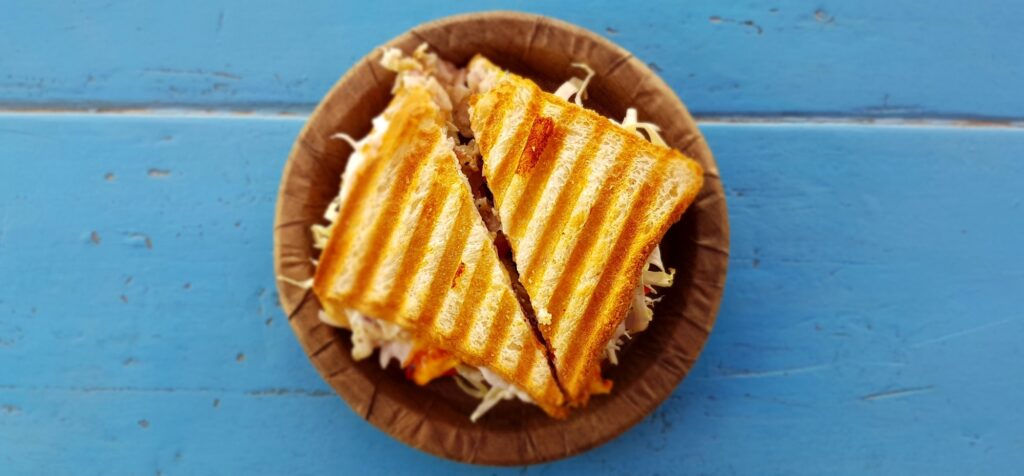Pesarattu, a popular South Indian crepe made from green gram (mung beans), is a low glycemic index food that can help regulate blood sugar levels. The high fibre content and slow-digesting carbohydrates in Pesarattu can slow down the absorption of glucose and improve insulin sensitivity, making it a beneficial addition to a balanced diet for individuals with glucose metabolism issues.
Optimizing Pesarattu Consumption for Better Glucose Control
• Consider pairing Pesarattu with coconut chutney or other sources of healthy fats to slow down the release of glucose into the bloodstream.
• Add vegetables like spinach, grated carrots, or onions to the batter for added fibre and nutrients. This can also help slow down glucose absorption and improve insulin sensitivity.
• Consider using sprouted green gram for the batter instead of unsprouted beans. Sprouted beans have a lower glycemic index and are easier to digest.
Although Pesarattu is made from green gram, which contains more carbohydrates than protein, it is considered a low glycemic index food due to its high fibre content and slow-digesting carbohydrates. The fibre in Pesarattu can slow down glucose absorption, reducing the risk of blood sugar spikes, while the slow-digesting carbohydrates can help maintain steady glucose levels. However, portion control and pairing it with fibre and healthy fats can help optimize its benefits for glucose metabolism.







